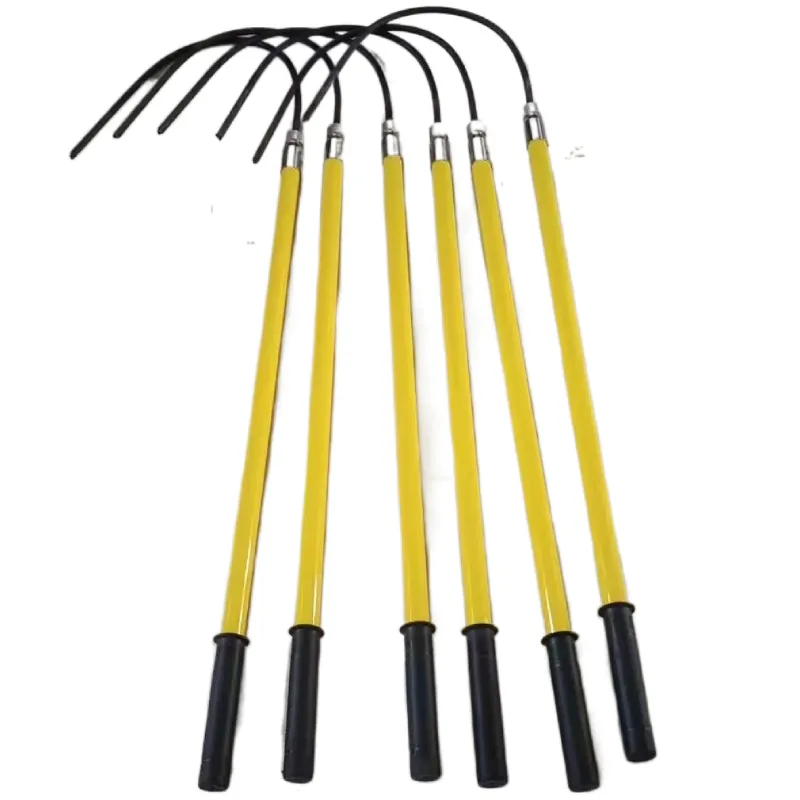
-
 Afrikaans
Afrikaans -
 Albanian
Albanian -
 Amharic
Amharic -
 Arabic
Arabic -
 Armenian
Armenian -
 Azerbaijani
Azerbaijani -
 Basque
Basque -
 Belarusian
Belarusian -
 Bengali
Bengali -
 Bosnian
Bosnian -
 Bulgarian
Bulgarian -
 Catalan
Catalan -
 Cebuano
Cebuano -
 Corsican
Corsican -
 Croatian
Croatian -
 Czech
Czech -
 Danish
Danish -
 Dutch
Dutch -
 English
English -
 Esperanto
Esperanto -
 Estonian
Estonian -
 Finnish
Finnish -
 French
French -
 Frisian
Frisian -
 Galician
Galician -
 Georgian
Georgian -
 German
German -
 Greek
Greek -
 Gujarati
Gujarati -
 Haitian Creole
Haitian Creole -
 hausa
hausa -
 hawaiian
hawaiian -
 Hebrew
Hebrew -
 Hindi
Hindi -
 Miao
Miao -
 Hungarian
Hungarian -
 Icelandic
Icelandic -
 igbo
igbo -
 Indonesian
Indonesian -
 irish
irish -
 Italian
Italian -
 Japanese
Japanese -
 Javanese
Javanese -
 Kannada
Kannada -
 kazakh
kazakh -
 Khmer
Khmer -
 Rwandese
Rwandese -
 Korean
Korean -
 Kurdish
Kurdish -
 Kyrgyz
Kyrgyz -
 Lao
Lao -
 Latin
Latin -
 Latvian
Latvian -
 Lithuanian
Lithuanian -
 Luxembourgish
Luxembourgish -
 Macedonian
Macedonian -
 Malgashi
Malgashi -
 Malay
Malay -
 Malayalam
Malayalam -
 Maltese
Maltese -
 Maori
Maori -
 Marathi
Marathi -
 Mongolian
Mongolian -
 Myanmar
Myanmar -
 Nepali
Nepali -
 Norwegian
Norwegian -
 Norwegian
Norwegian -
 Occitan
Occitan -
 Pashto
Pashto -
 Persian
Persian -
 Polish
Polish -
 Portuguese
Portuguese -
 Punjabi
Punjabi -
 Romanian
Romanian -
 Russian
Russian -
 Samoan
Samoan -
 Scottish Gaelic
Scottish Gaelic -
 Serbian
Serbian -
 Sesotho
Sesotho -
 Shona
Shona -
 Sindhi
Sindhi -
 Sinhala
Sinhala -
 Slovak
Slovak -
 Slovenian
Slovenian -
 Somali
Somali -
 Spanish
Spanish -
 Sundanese
Sundanese -
 Swahili
Swahili -
 Swedish
Swedish -
 Tagalog
Tagalog -
 Tajik
Tajik -
 Tamil
Tamil -
 Tatar
Tatar -
 Telugu
Telugu -
 Thai
Thai -
 Turkish
Turkish -
 Turkmen
Turkmen -
 Ukrainian
Ukrainian -
 Urdu
Urdu -
 Uighur
Uighur -
 Uzbek
Uzbek -
 Vietnamese
Vietnamese -
 Welsh
Welsh -
 Bantu
Bantu -
 Yiddish
Yiddish -
 Yoruba
Yoruba -
 Zulu
Zulu


Aug . 14, 2024 11:31 Back to list
A Comprehensive Guide to Choosing the Right Measuring Wheel for Your Project Plans
The Importance of Measuring Wheels for Planning and Design
In the fields of construction, landscaping, and urban planning, precise measurements are fundamental to the success of any project. Whether it’s laying out a new home, creating a public park, or designing a complex road network, accuracy can mean the difference between a seamless project and costly setbacks. One of the most indispensable tools for achieving these accurate measurements is the measuring wheel.
What is a Measuring Wheel?
A measuring wheel, also known as a surveyor's wheel or distance measuring wheel, is a tool designed for measuring long distances with ease and precision. Comprising a wheel mounted on a handle, it functions by rolling the wheel along the ground, measuring the distance traveled as it turns. The result is displayed on an odometer attached to the wheel. Measuring wheels come in various sizes and styles, making them suitable for different applications, including big construction sites and small gardening projects.
Benefits of Using a Measuring Wheel
1. Ease of Use Measuring wheels are user-friendly, allowing individuals of all skill levels to measure distances accurately. Unlike tape measures, which can be cumbersome and difficult to handle over long distances, measuring wheels simplify the process, requiring only a single user to operate.
2. Increased Accuracy When planning large projects, precision is crucial. A measuring wheel minimizes the risk of errors that can occur with manual measuring tools. The wheel's design allows it to follow the contours of the terrain, which can enhance measurement accuracy on uneven ground.
measuring wheel for plans

3. Time Efficiency For planners and surveyors, time is money. Measuring wheels significantly reduce the time spent on measuring large areas compared to traditional methods. This efficiency enables teams to focus on other critical aspects of planning, ultimately speeding up the project timeline.
4. Versatility Measuring wheels can be used in various environments. They are ideal for outdoor projects like landscaping, road construction, and site surveying. Additionally, some models are designed for indoor use, making them useful for measuring distances in large buildings or warehouses.
Applications in Planning
In urban planning, for instance, measuring wheels are essential for assessing the dimensions of existing spaces and determining the layouts of new constructions. They allow planners to draft accurate blueprints and schematics, ensuring compliance with zoning regulations and optimizing land use.
In landscape design, the ability to measure distances accurately helps designers create functional and aesthetically pleasing outdoor spaces. From determining the proper placement of plants to planning walking paths and patios, measuring wheels play a critical role in turning design principles into reality.
Conclusion
The measuring wheel is more than just a tool; it is an essential companion in the realm of planning and design. Its impact on accuracy, efficiency, and ease of use cannot be overstated. Whether you’re a professional surveyor or a DIY enthusiast, investing in a quality measuring wheel can streamline your projects and enhance your outcomes. As we continue to develop new landscapes and infrastructure, embracing tools like the measuring wheel will contribute to smarter, more efficient planning processes that benefit our communities and environments.
Latest news
Understanding Earth Wiring and Grounding: Essential Components for Electrical Safety
NewsAug.15,2025
The Ultimate Guide to Cable Pulling Tools and Equipment for Efficient Installations
NewsAug.15,2025
Streamline Your Projects with Advanced Cable Pulling Equipment
NewsAug.15,2025
Simplify Cable Installation with Advanced Cable Pulling Tools and Equipment
NewsAug.15,2025
Essential Guide to Link Sticks and Hot Sticks for Electrical Safety and Line Work
NewsAug.15,2025
Efficient Solutions for Cable Installation: Your Guide to Cable Pulling Winches and Equipment
NewsAug.15,2025








